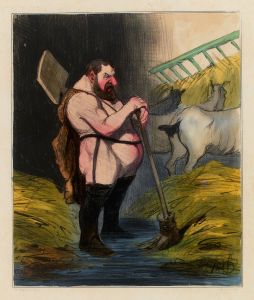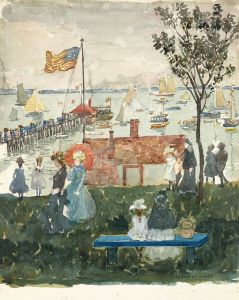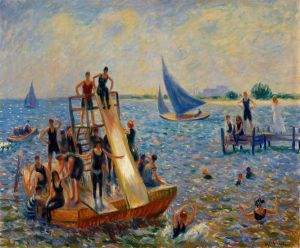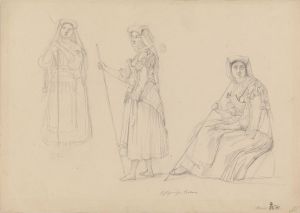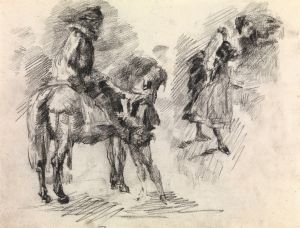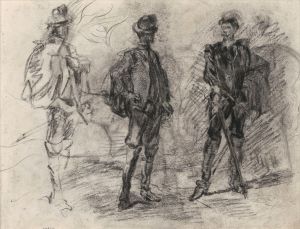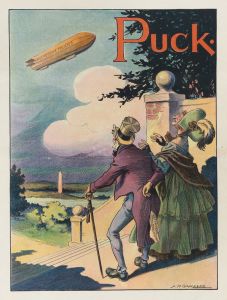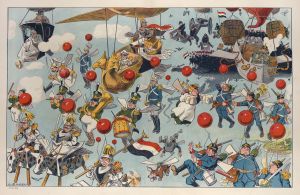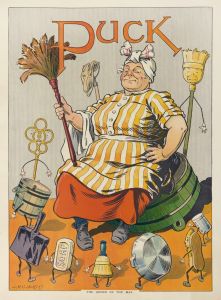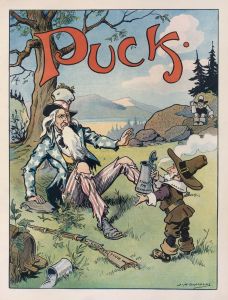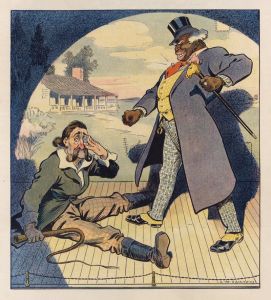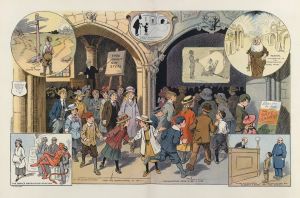
The base-ball Laocoon
A hand-painted replica of Louis Glackens’s masterpiece The base-ball Laocoon, meticulously crafted by professional artists to capture the true essence of the original. Each piece is created with museum-quality canvas and rare mineral pigments, carefully painted by experienced artists with delicate brushstrokes and rich, layered colors to perfectly recreate the texture of the original artwork. Unlike machine-printed reproductions, this hand-painted version brings the painting to life, infused with the artist’s emotions and skill in every stroke. Whether for personal collection or home decoration, it instantly elevates the artistic atmosphere of any space.
"The Base-ball Laocoon" is an artwork created by American illustrator and cartoonist Louis M. Glackens. Known for his humorous and satirical illustrations, Glackens was an influential figure in early 20th-century American art, contributing to various publications and creating works that often reflected the social and cultural dynamics of his time.
Louis M. Glackens was born in 1866 in Philadelphia, Pennsylvania. He was the brother of the renowned painter William Glackens, a member of the Ashcan School. Unlike his brother, Louis pursued a career in illustration and cartooning, working for several magazines and newspapers. His work was characterized by its wit and humor, often providing a satirical take on contemporary issues.
"The Base-ball Laocoon" is one of Glackens' notable works, though specific details about the piece, such as its creation date and current location, are not widely documented. The title of the work suggests a humorous play on the famous ancient sculpture "Laocoön and His Sons," which depicts the Trojan priest Laocoön and his sons being attacked by sea serpents. By incorporating the theme of baseball, Glackens likely intended to create a comedic juxtaposition between the classical art world and the modern American pastime of baseball.
Baseball, by the early 20th century, had become a significant part of American culture, symbolizing leisure, competition, and national identity. Glackens' choice to merge this theme with a classical reference could be seen as a commentary on the blending of high culture with popular culture, a common theme in his work. His illustrations often captured the spirit of the times, reflecting societal trends and the everyday life of Americans.
Glackens' career included contributions to prominent publications such as Puck magazine, where he worked alongside other notable illustrators of the era. His work was appreciated for its cleverness and ability to engage audiences with both humor and insight. Despite being less famous than his brother William, Louis Glackens made a significant impact in the field of illustration and cartooning.
While specific exhibitions or collections featuring "The Base-ball Laocoon" are not well-documented, Glackens' work continues to be of interest to those studying early American illustration and the cultural history of the United States. His ability to blend humor with social commentary remains relevant, and his works are occasionally featured in retrospectives and collections focusing on American illustration.
In summary, "The Base-ball Laocoon" by Louis M. Glackens exemplifies the artist's talent for merging classical themes with contemporary subjects, providing a humorous take on the cultural landscape of his time. Though detailed information about the piece is limited, it stands as a testament to Glackens' skill and his contribution to American art and illustration.





